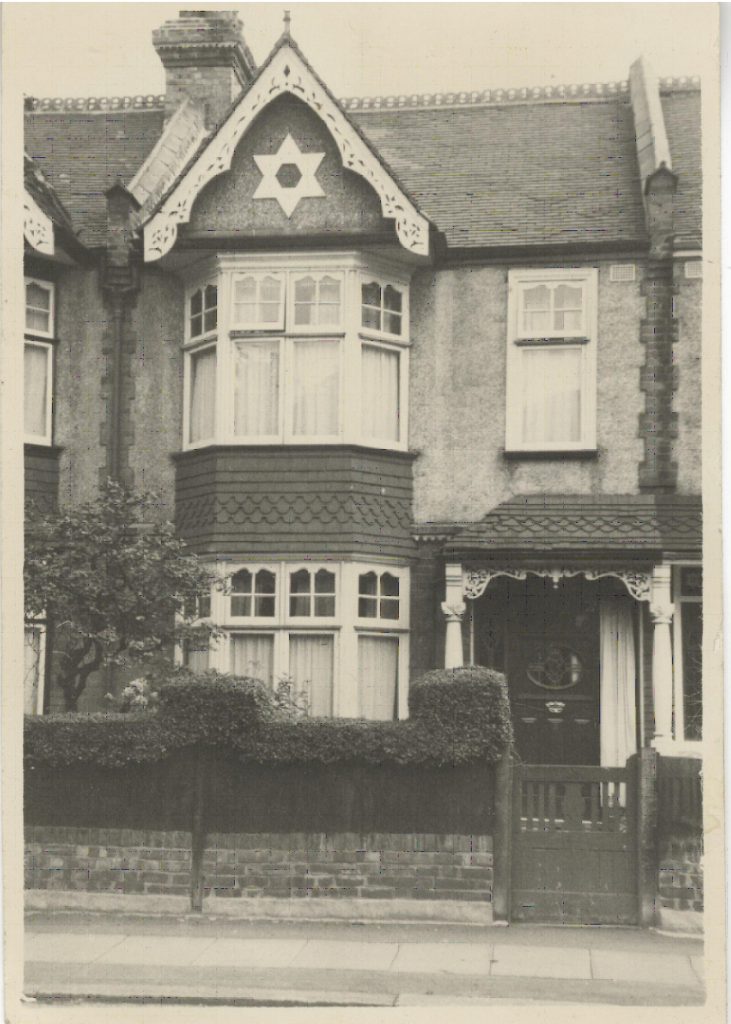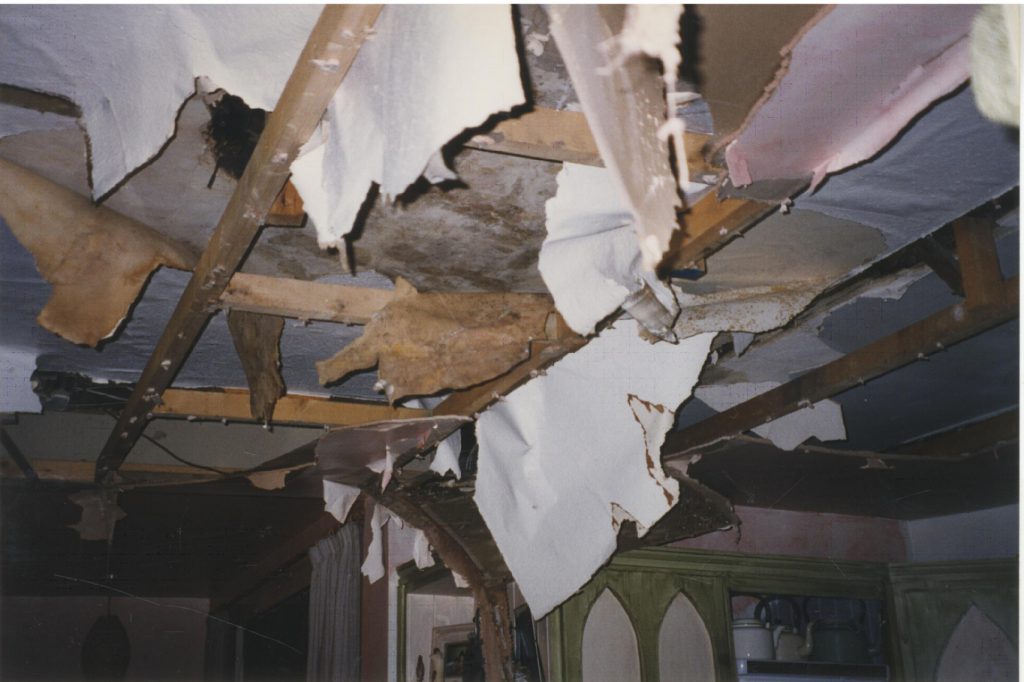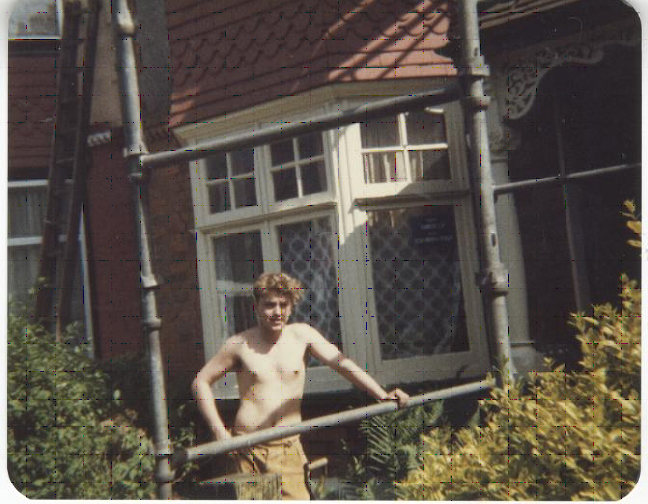I keep reading that there are a million empty homes at the moment in the UK (and a further 300,000 empty commercial buildings). And we all know how there is a major, growing housing shortage.
I am not suggesting that it is easy to convert all these empty properties into homes but as a nation I don’t think we are doing our best.
Many commentators say that the majority of the empty homes are in the wrong location either in towns where there are no job opportunities or in the “wrong part of town”. But we have a growing creative industries sector (second largest employment sector in the UK), a sector that by its very nature and its early adoption of mobile technologies has made it more footloose and fancy free than most sectors. Many “creatives” can run their businesses from home using Skype, Microsoft Mobile Office and the like.
What is more, for many of us “creatives” the idea of upcycling an old building is at the forefront of our planning for a home ahead of a new build house.
Could government be taxing empty properties (rather than the present 50% reduction on council tax that is offered to owners of empty properties?)
Could they be encouraging us to bring unloved streets and industrial buildings back to life by reducing (or abolishing) VAT on renovations? In Switzerland VAT on renovations was reduced to 5% and there was a net gain in income as activity rocketed. And doesn’t VAT on renovations bolster a “black economy”.
I have already written about my experience here.
The historic system for salvaging these properties was via the council, but because town halls no longer have money, we need to look at alternatives. We need mortgage companies to really support housing renovation and for the government to back their efforts.
My wife, Gerardine, and I wouldn’t be where we are now without the help we received and the work we put into our first house in Wembley, North London.
We stretched ourselves and got on to the housing ladder. That was back in 1982. That house was also a Victorian terrace and it was practically uninhabitable: it had had no Tender Loving Care since the turn of the century. It didn’t have any lights, the roof was a disaster, it had no heating, the chimneys were all blocked off, there were no proper bathrooms, the plumbing was a nightmare and the electrics were completely unsafe.
But when we bought it, Brent council was giving 90 per cent grants to do that work to kick start these streets back to life. We brought that house back to life. I go past it regularly and it is a thriving, lovely little street. So it worked.
It took us 18 months. We were just normal young couple and there are tens of thousands of normal young couples now like we were then who are willing to put in the effort. They would do exactly what we did if given the chance. But the problem is funding. We’re not talking about vast sums though. The irony is that banks would lend a young couple £100,000 for a new flat, but not £50,000 for an old house and a further £35,000 for renovation. I understand why: there’s a risk the couple would just pocket the £35,000.
So what we need is draw-down mortgages where banks release funds for each stage of repair. Yes, it would be hard work for the banks, but it would be worth it. The same applies to people in the same situation as Gerardine and I almost 30 years ago.
Putting that effort into your own home is part of learning to grow up and settle down in life. Most couples would jump at the chance of giving up a couple of nights out a week to work hard on getting a good home.

Our first house in Wembley

The mess it was in…

Twas great fun doing it up